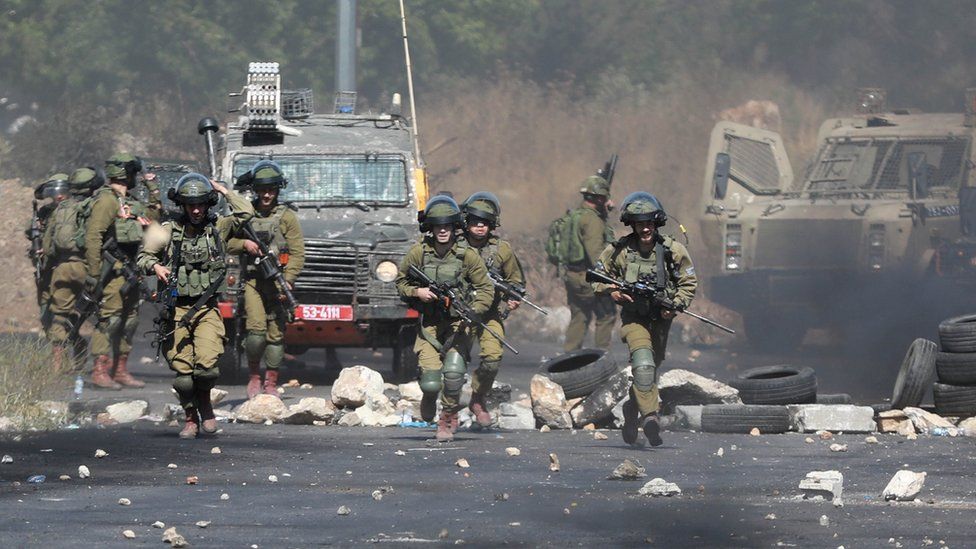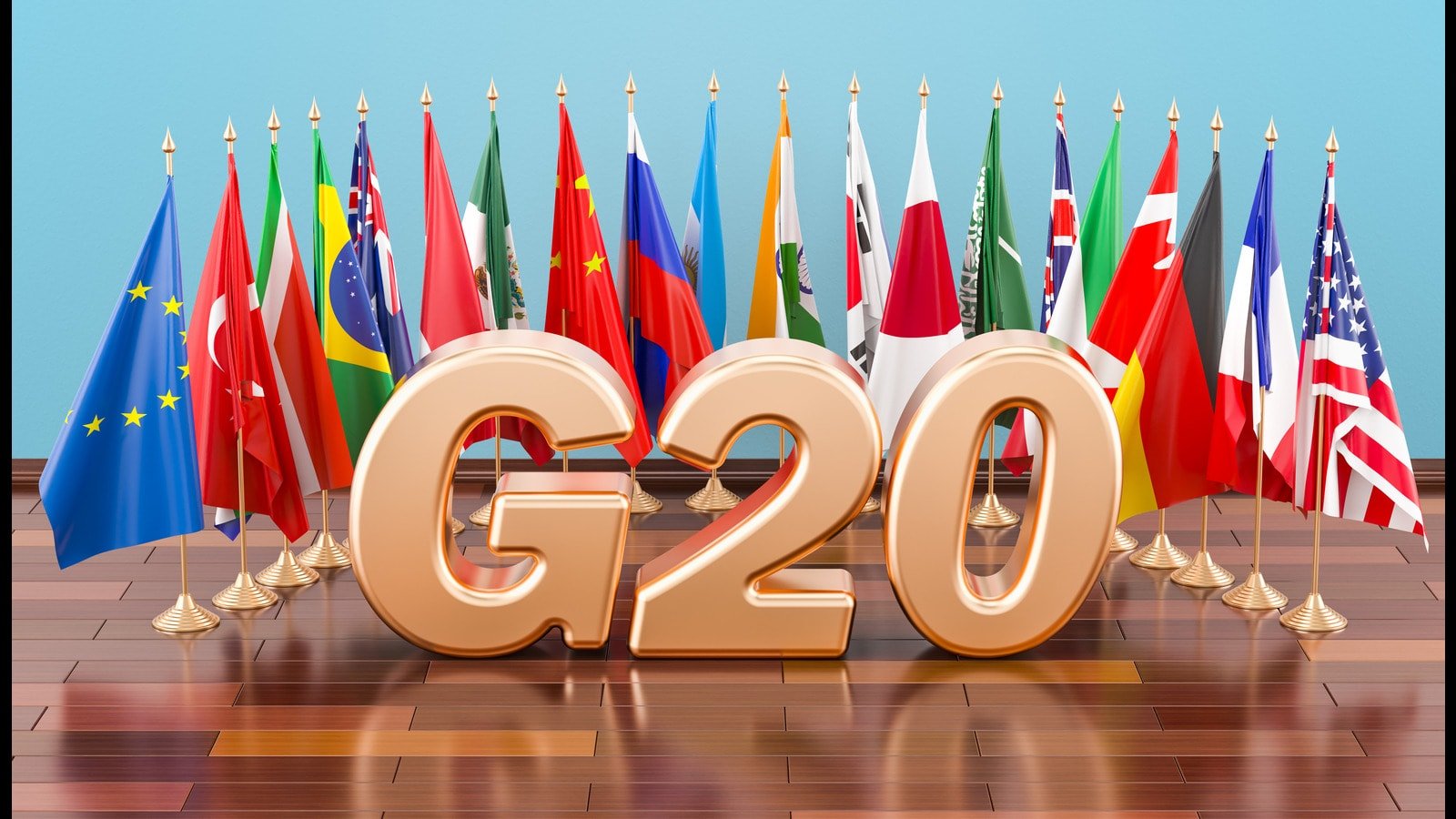The World Economic Forum’s Annual Meeting 2023 in Davos, Switzerland, concluded Friday with a conference that began in a world that may have been fundamentally altered, but whose processes and outcomes remained largely unchanged.
The theme this year was ‘Cooperation in a Fragmented World’.
World Economic Forum (WEF)
- WEF, headquartered in Geneva, Switzerland, is an international non-profit organisation dedicated to bringing together the public and private sectors to address global political, social, and economic issues.
- It was established in 1971 by Swiss-German economist and Professor Klaus Schwab in order to promote global cooperation on these most pressing issues.
- The World Economic Forum’s first meeting was held more than five decades ago in Davos, which has been the site of the annual gathering almost since its inception, and has also become a shorthand for the event.
Key economic takeaways from the World Economic Forum
- Positive economic outlook: Most business leaders were optimistic about the economy, with the United States (US) and the European Union (EU) appearing to be past the risk of a recession. China’s decision to lift its zero-covid curbs and reopen its doors contributed to the upbeat outlook.
- Central banks are warning: The major central banks warned that concerns remained and that they would keep interest rates high to keep inflation under control. Stay the course, for example, is the European Central Bank President’s mantra. The US Federal Reserve Vice Chair Lael Brainard was quoted as reminding investors that “inflation remains high, and policy will need to be sufficiently restrictive for some time.
- Many people have speculated that China’s opening up could lead to an increase in energy consumption, driving up energy prices.
- Concerns for developing economies: As richer nations look inward, protecting their own workers, energy sufficiency, supply lines, and so on, concerns have been raised that this policy direction will harm developing economies.
Discussions about climate change and green energy at the World Economic Forum
- Green energy and financing are required: Everyone agreed on the importance of green energy and the need for more funding to combat climate change.
- GAEA initiative to raise $3 trillion in funding: According to the WEF’s website, the World Economic Forum launched the Giving to Amplify Earth Action (GAEA), a global initiative to fund and grow new and existing public, private, and philanthropic partnerships (PPPPs) to help unlock the $3 trillion in financing required each year to achieve net zero, reverse nature loss, and restore biodiversity by 2050.
- International Concerns and Reactions: The EU expressed concern about a US green energy law that benefits American-made products such as electric vehicles.
- New Initiatives and Collaborations: According to the Press Trust of India (PTI), more than 50 high-impact initiatives were launched at the event. 1.The Maharashtra Institution for Transformation (MITRA) joined forces with the Forum on Urban Transformation to provide strategic and technical guidance to the state government. 2. Telangana will establish a healthcare and life sciences thematic centre. 3. The Coalition for Epidemic Preparedness and Innovations (CEPI) seeks to create new pandemic vaccines.
Ukraine wants more military and financial assistance.
- Military Aid and Financial Aid for Reconstruction: Ukraine maintained its demand for more military aid to fight Russia’s war, as well as more financial aid to rebuild after the war, arguing that reconstruction fund commitments should begin now, rather than after the war ends.
- President Zelenskyy’s Speech and Criticism of the United States and Germany: While Ukraine’s President Volodymyr Zelenskyy delivered a video message. In his speech, Zelenskyy indirectly criticised the United States and Germany for delaying the deployment of tanks to his country.
Criticism and defence of the Davos Event
- Spectacle of the Rich and Powerful Discussing Poverty and Climate: The jarring spectacle of the Davos event, where the uber-rich and powerful fly in on private jets to discuss poverty alleviation and climate action, has been criticised yet again.
- Meeting and interaction with decision-makers: Others, however, pointed out that, flaws and all, the conference provides an opportunity for many decision-makers to meet and interact with one another.
- The Importance of Communication and Conversation, According to the Economist: While the talks at Davos can be described as “highly-caffeinated speed dating,” as Economist editor-in-chief Zanny Minton Beddoes put it, more contact and communication is preferable to less contact and communication.
@the end
The World Economic Forum emphasised the critical need for green energy and climate change financing. Despite the fact that the event remained focused on business as usual, we can see that the WEF provided an opportunity for decision-makers to meet and interact, and over 50 high-impact initiatives were launched at the event.
Source: https://indianexpress.com/article/explained/explained-global/world-economic-forums-davos-2023-major-takeaways-8396436/#:~:text=Here%20are%20some%20key%20takeaways%20from%20WEF%20Davos%202023.&text=Most%20business%20leaders%20were%20upbeat,added%20to%20the%20positive%20outlook.










